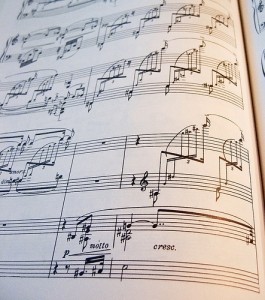 A few months ago, I read an research article about sight-reading that stated that professional pianists read something like eight notes ahead at any given time while sight-reading (I wish I could cite the article, but I don’t remember where I found it – if anyone knows of it please tell me!). The article, however, wasn’t very clear about what the “eight notes” referred to (harmonically? melodically?), especially since it seems that this would change depending on the texture, meter, and tempo. Regardless, I found it interesting to consider how far ahead one can be looking and thinking ahead while reading in order to be better prepared for what is coming up. (How many notes can YOU think ahead?)
A few months ago, I read an research article about sight-reading that stated that professional pianists read something like eight notes ahead at any given time while sight-reading (I wish I could cite the article, but I don’t remember where I found it – if anyone knows of it please tell me!). The article, however, wasn’t very clear about what the “eight notes” referred to (harmonically? melodically?), especially since it seems that this would change depending on the texture, meter, and tempo. Regardless, I found it interesting to consider how far ahead one can be looking and thinking ahead while reading in order to be better prepared for what is coming up. (How many notes can YOU think ahead?)
Personally, I think reading is mostly about “chunking” – recognizing groups of notes as chords, patterns, and other groupings. I do find, however, that students benefit greatly from being taught to “look ahead” or “think ahead.”
A young student of mine this week was playing a two-lined piece where the RH and LH move up an octave to echo what was stated in the previous two measures. The first time she played the piece, she had to briefly pause to think and move her hands to the right place before going on. She had been practicing this piece all week and I could tell she knew where her hands needed to go. Nevertheless, the spot was catching her unaware. Mentally, she wasn’t prepared for the octave move and therefore her hands weren’t ready on time either. We talked about this, and we reasoned together that she needed to be thinking ahead in order to be ready on time. After this, of course, she was able to play the piece fluidly.
Now the question may be, is it more effective to instruct students to “look ahead” or “think ahead?” Any opinions?
Photo Credit: pfly | CC 2.0
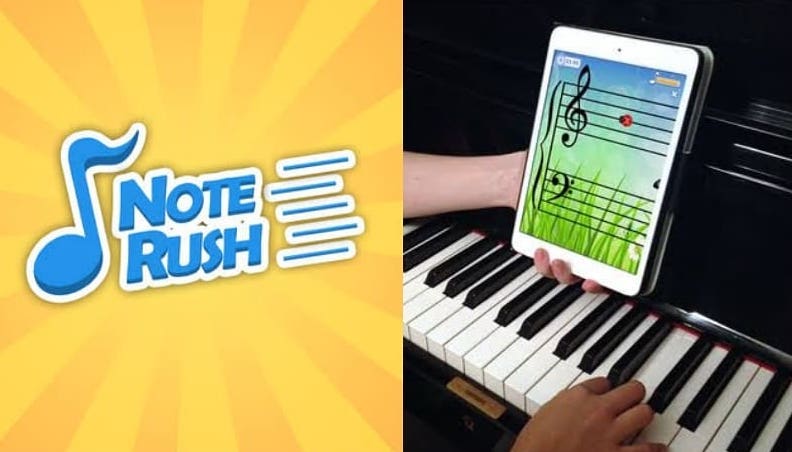
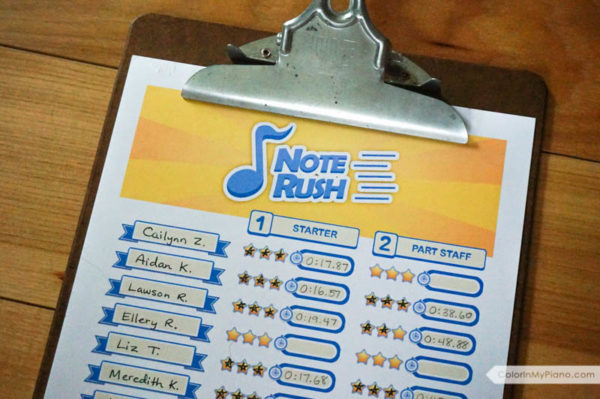


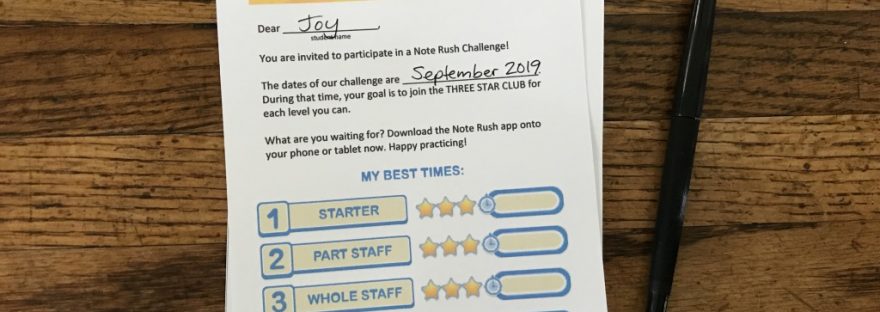
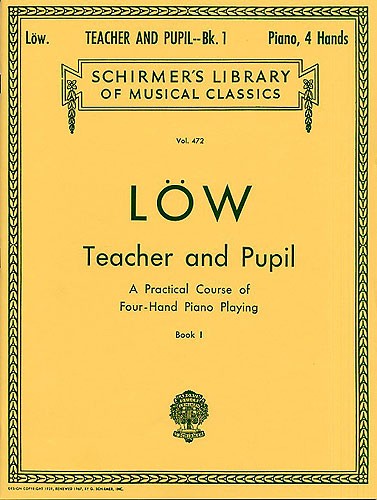
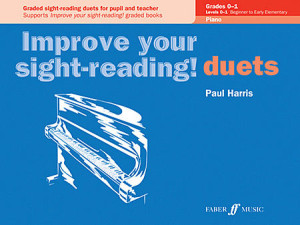 These books are gold, I tell you! I found these books when they were featured on the “New Items” rack at my local music store a few months ago. I purchased the
These books are gold, I tell you! I found these books when they were featured on the “New Items” rack at my local music store a few months ago. I purchased the 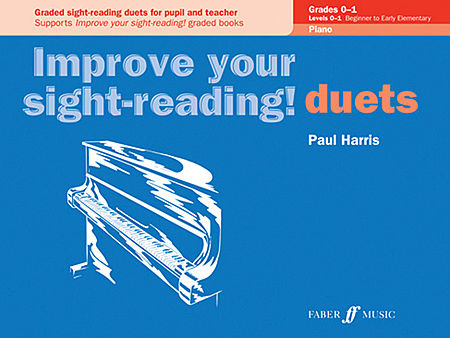
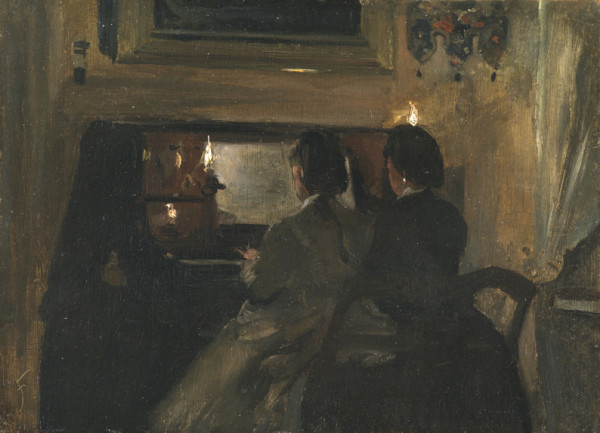

 Remember
Remember 
 SightReadPlus
SightReadPlus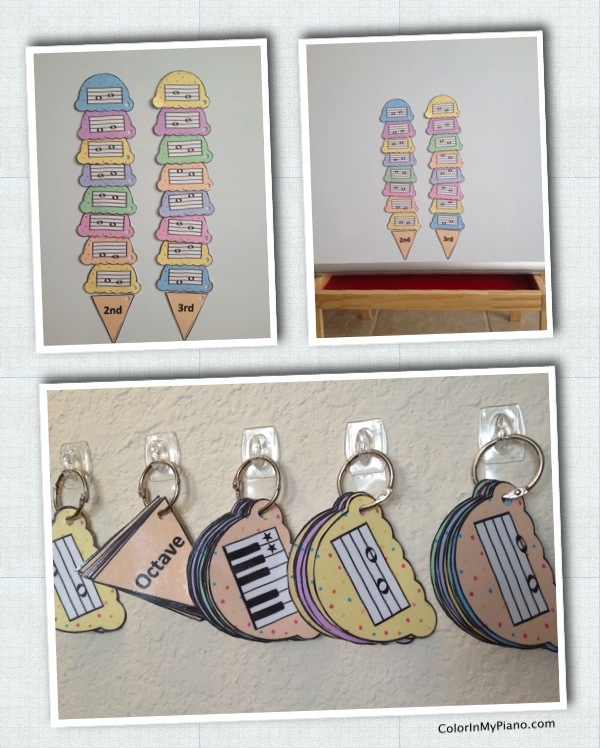
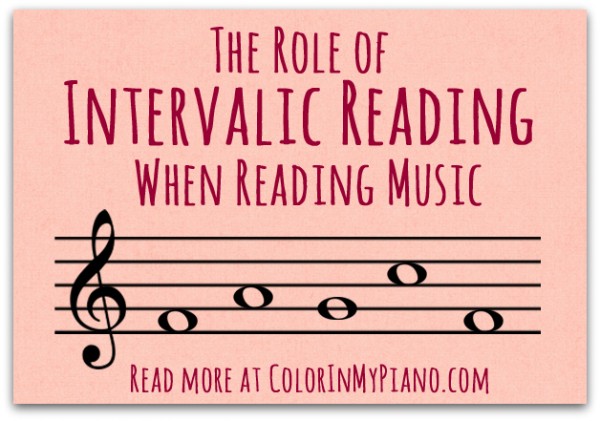
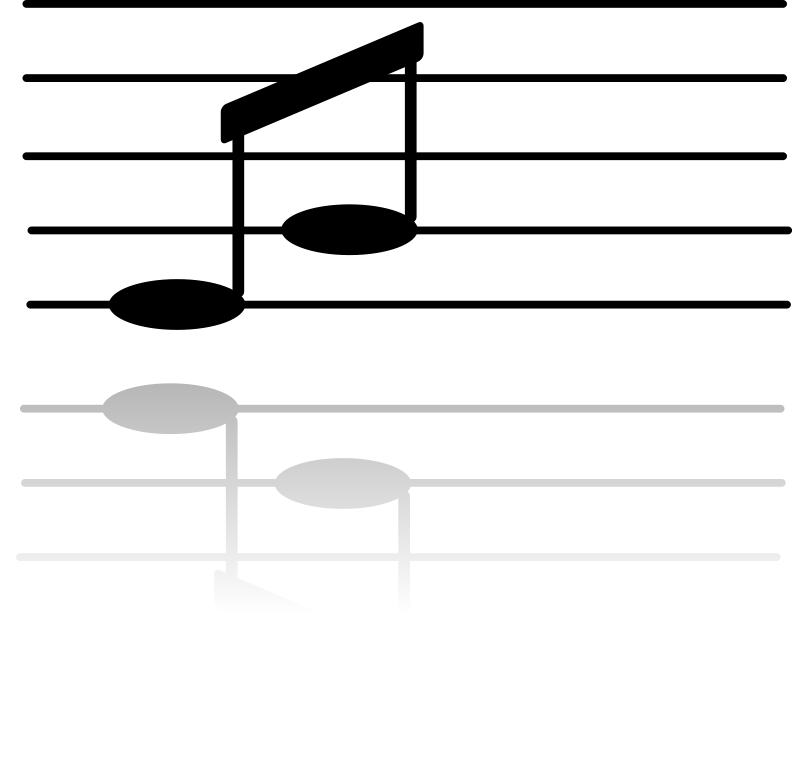
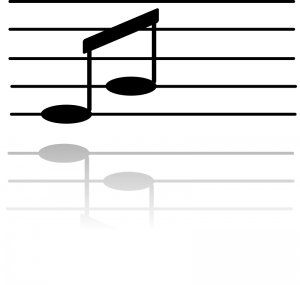 In the comment section of previous post, a reader asked for suggestions with helping a young student connect notes on the staff with their names and their corresponding piano key. I gave a response in the comment section, but thought I would share some of those thoughts with you all as a separate blog post!
In the comment section of previous post, a reader asked for suggestions with helping a young student connect notes on the staff with their names and their corresponding piano key. I gave a response in the comment section, but thought I would share some of those thoughts with you all as a separate blog post!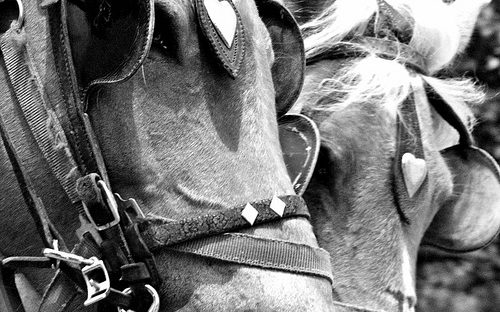


 The first session I attended was an informative presentation by Dr. Margaret Young. Dr. Young cited a large number of research studies throughout the session and had a two-page bibliography in the handout (!). I will not be providing those facts and citations here, but rather presenting a summary of some of the points Dr. Young made. If anyone is interested in more in-depth information about Dr. Young’s session, I’m sure you could
The first session I attended was an informative presentation by Dr. Margaret Young. Dr. Young cited a large number of research studies throughout the session and had a two-page bibliography in the handout (!). I will not be providing those facts and citations here, but rather presenting a summary of some of the points Dr. Young made. If anyone is interested in more in-depth information about Dr. Young’s session, I’m sure you could 

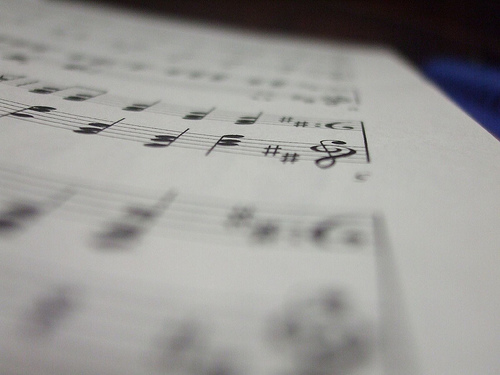
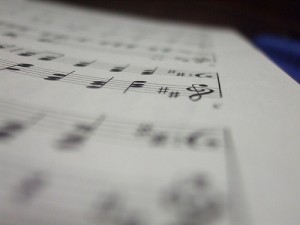 The first look at a new piece is crucial. As accomplished pianists/teachers, we automatically know to scan the piece to check the time signature, key signature, texture, composer, title, etc. before playing through a piece. Of course, we were trained to go through those steps before sightreading through a piece.
The first look at a new piece is crucial. As accomplished pianists/teachers, we automatically know to scan the piece to check the time signature, key signature, texture, composer, title, etc. before playing through a piece. Of course, we were trained to go through those steps before sightreading through a piece.